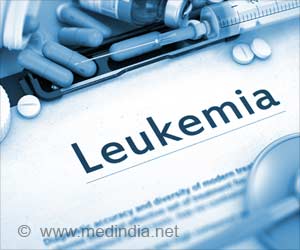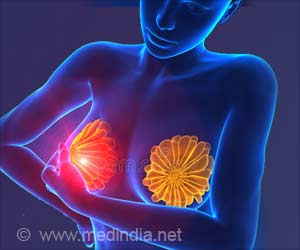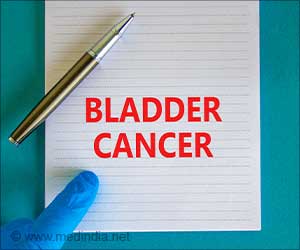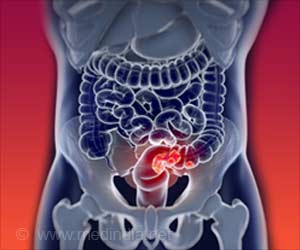Testicular seminoma is one of the most treatable and curable cancers with a survival rate of over 95% if it is discovered in the early stages.

TOP INSIGHT
Testicular seminoma is a rare disease though the most common testicular tumour, and it accounts for approximately 45% of all primary testicular tumours.
Dr Scott Glaser, resident physician at the University of Pittsburgh Cancer Institute, USA, told the conference: "For patients with IIa testicular seminoma, this improvement in outcome with radiation over chemotherapy persisted after adjustments for all available factors that could introduce a bias. For patients with stage IIb disease, similar rates of overall survival were seen regardless of treatment with multi-agent chemotherapy or radiation therapy. This suggests that an individualised approach is necessary for such patients."
He continued: "Testicular seminoma is a rare disease, there is a lack of randomised data to guide treatment and many prior studies have been limited by small sample sizes. It has, therefore, been difficult to tease out small differences in efficacy of radiation therapy versus chemotherapy.
The trend away from radiation therapy may be due to a misperception that it is more toxic than three or four cycles of multi-agent chemotherapy. Across this large, national dataset, radiation therapy was associated with a better outcome for stage IIa patients and equivalent outcomes for stage IIb patients. However, potential explanations for these improved outcomes are less clear."
The study, led by Dr Sushil Beriwal, an associate professor of radiation oncology at the University of Pittsburgh, analysed data from 2,437 patients with stage II testicular seminoma diagnosed between 1998-2012 and treated with radiation therapy or multi-agent chemotherapy after removal of the cancerous testicle.
"For stage IIc patients, there is clear consensus that multi-agent chemotherapy is the preferred treatment as the risk of distant progression is high, whereas for stage IIa-b there is no such consensus as to the optimal treatment and practice patterns vary significantly. In our series, 96% of stage IIc patients received multi-agent chemotherapy, which also severely limits meaningful comparison to other treatments," explained Dr Glaser.
Dr Glaser concluded: "Our results demonstrate the need for a collaborative group effort to open a randomised trial for stage IIa-b testicular seminoma patients examining the role of radiation therapy and chemotherapy."
Source-Eurekalert
 MEDINDIA
MEDINDIA
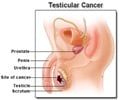
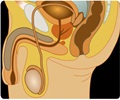


 Email
Email






